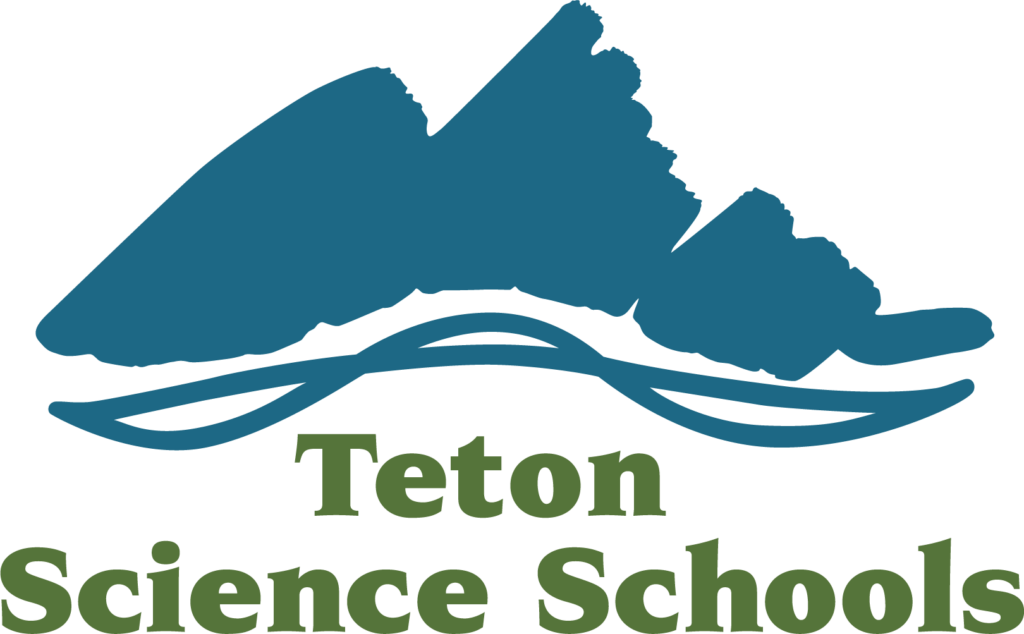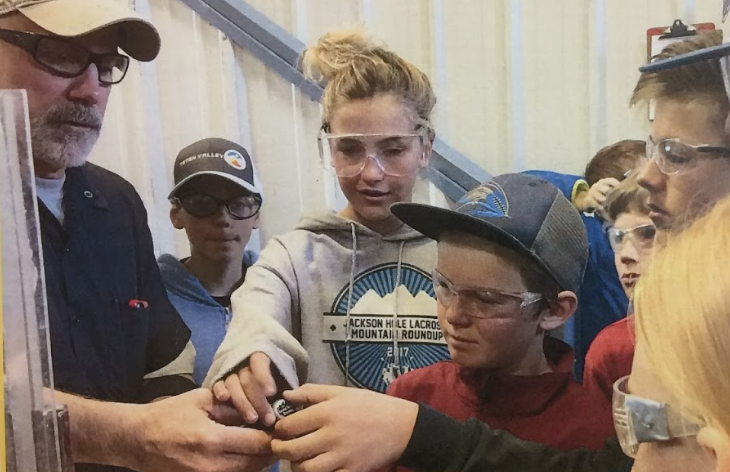Driving Question
5th-7th
What PBE Principles were highlighted in this project?
Local to Global, Design Thinking
Project Description
Students developed this project from an idea to explore what engineering looks like and wanting to connect our learning to the broader world in a local to global way. Using background knowledge skills (obtained from mini-lessons, guest speakers, and activities) from economics, marketing, and mini-design challenges, students ultimately were asked to engage design thinking to create a product that was marketed to a particular worldwide economy.

Throughout the process of the project, students used a project notebook to document their learning from notes in mini lessons, conversations with guest speakers, learning from different mini-design challenges, and field trips.
During the final open house event, members of the model UN (aka teachers) walked around during the open house to give feedback and grade the final products. Additional products included: a completed Engineering and Global Economy Project Notebook (complete with assignments, notes, and feedback connected to Mini-Design Challenges), and a one-page summary of the product to be shared with the global market.

How did this positively impact community? How was it shared?
Reflection


